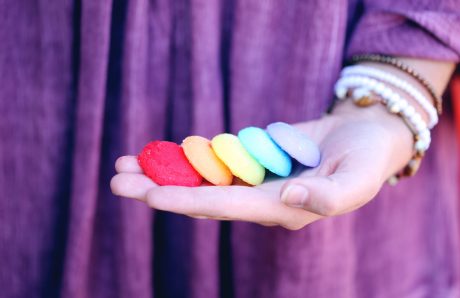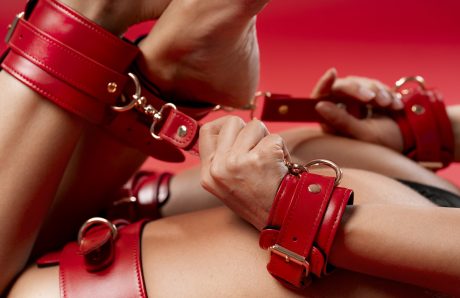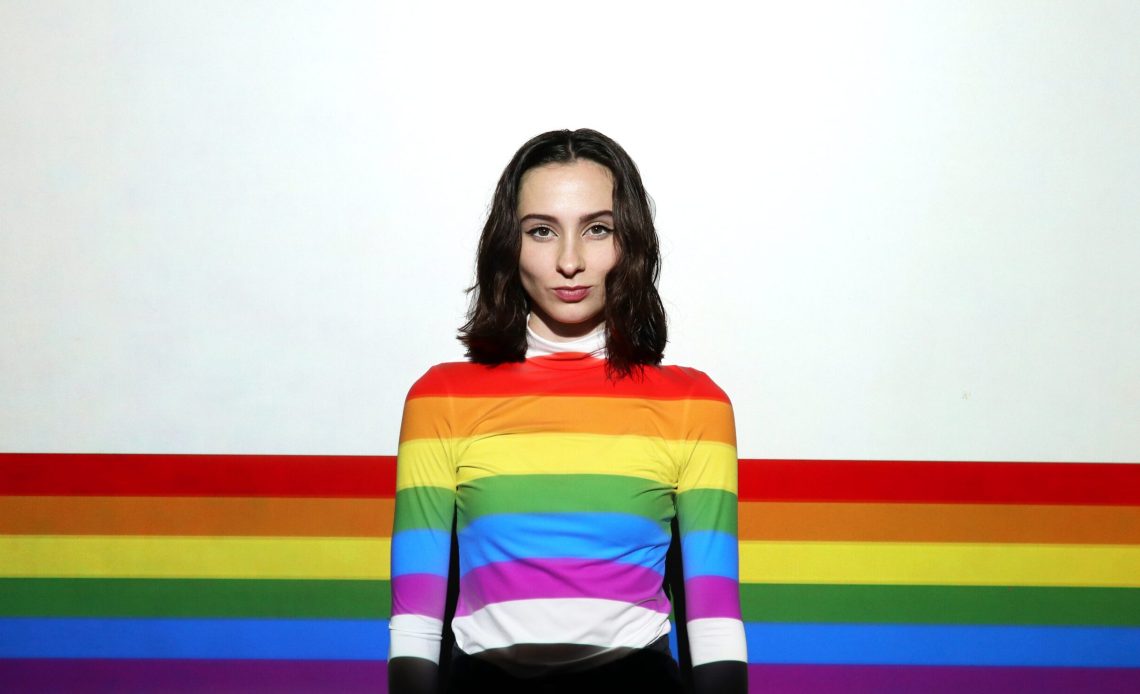
Welcome to the wonderful world of LGBTQIA and its many gender and sexual identities. In this article, we’ll explore the term “Queer” and all that it encompasses. If you’re wondering what “Queer” really means and what it entails to be “Queer”, you’ve come to the right place.
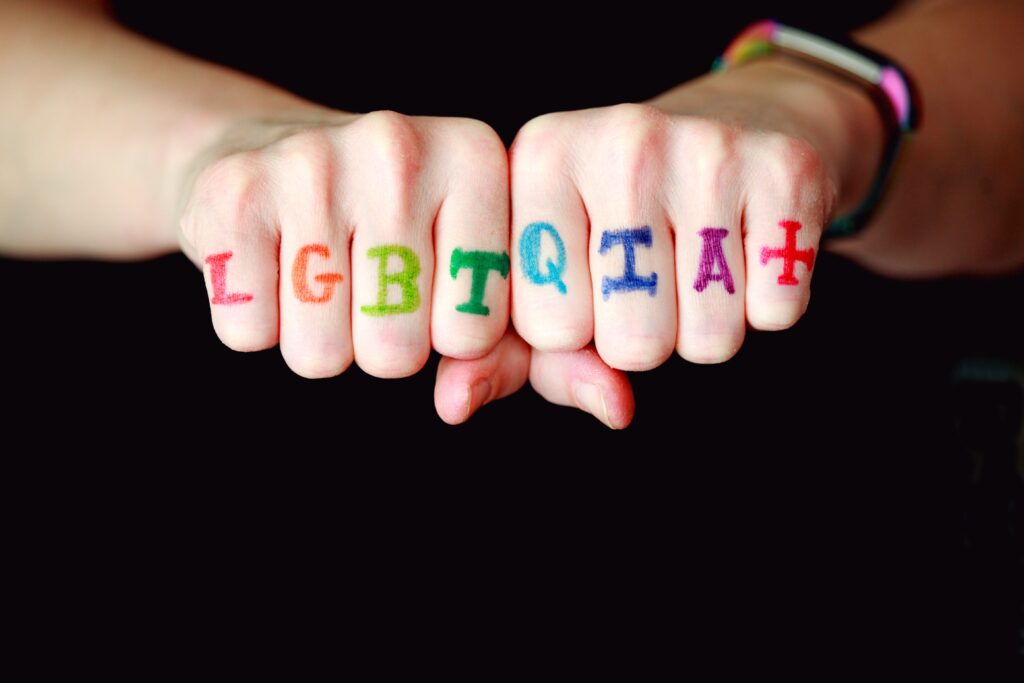
Photo Alexander Grey
Let me guide you through this fascinating exploration of LGBTQIA identities and introduce you to the different dimensions of the queer experience. Perhaps this will make it even easier for you to determine what you really fantasize about, such as transgender people or Shemales, for example. You’re about to become a real pro on the subject!
Let’s talk historical context
To fully understand what it means to be queer, it’s important to know the history of this community. Queer identities emerged in reaction to restrictive social norms and expectations imposed on individuals based on their sexual orientation and gender identity. Queer history is marked by resistance, activism and the struggle for equal rights.
Over time, queer communities have begun to form and organize to claim their rights and visibility. The manifestations of queer activism go back several decades, and were marked by key events such as the Stonewall riots in 1969, which played a decisive role in the LGBTQIA rights movement.
Thanks to the tireless efforts of these activists, legal and social advances and a better understanding of LGBTQIA issues, queer identities began to be recognized and respected. More and more people are reclaiming the term “queer” as a positive and proud identity, a symbol of resistance, empowerment and diversity.
Today, the history of queer communities serves as a solid foundation for continuing to fight discrimination and promote inclusion.
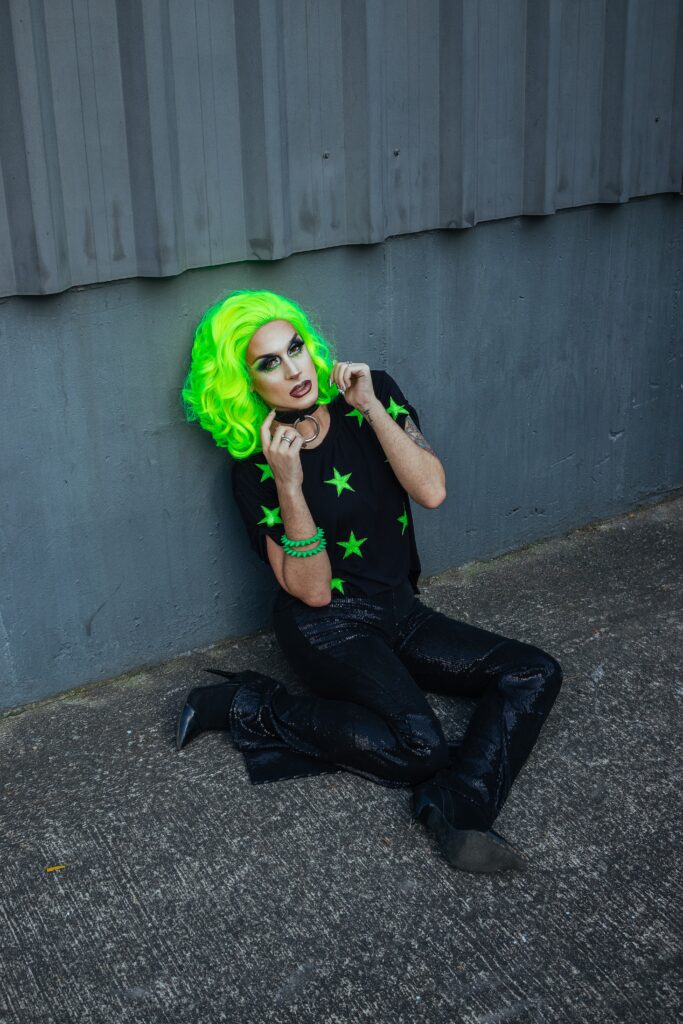
Photo Michael Alves
What does it mean tobe queer?
Being queer goes beyond the conventional labels of gender and sexual orientation. At once a political movement and a personal identification, the term “queer” refers to the deconstruction of norms, particularly of gender and sexuality. According to an Ifop online survey of 1,006 people in November 2020, it concerns 22 people aged 18-30.
While it used to be used to describe girls who were too “tomboyish ” and men who were too feminine, the meaning of the word has now changed. It’s a fluid identity, a challenge to binary categories and a celebration of human diversity. By being queer, we embrace an identity that doesn’t conform to traditional norms, and we fully affirm our singularity.
So if you’ve been searching for yourself in your youth, or even now, maybe you’re queer without knowing it! Or do you fantasize about being queer? And this article is going to help you put your feelings into words. You might say.
What’s the difference between “Transgender” and “Queer”?
Although there are similarities between the terms “Transgender” and “Queer”, they are not interchangeable. While “Transgender” (or transsexual.les for the uninitiated) refers specifically to a gender identity that differs from that assigned at birth, “Queer” is a broader term that encompasses non-conformist identities in terms of gender and sexual orientation.

Photo Mikhail-Nilov
And between “Non-binary” and “Queer”?
Being “non-binary” means not identifying strictly as male or female. It’s a gender identity that lies outside traditional binarity. While “Queer” is a term encompassing non-conformist identities, including those that are non-binary, it is not synonymous with “Non-binary”.
In short, queer identity refers to sexual orientation, while non-binary refers to gender identity. But in reality, there isn’t just one definition of the word “Queer”, as it differs from person to person.
Do you understand me? Or shall I explain it again? Yes, it’s a bit complicated, I grant you. But that’s what makes it so interesting.
What is a queer relationship?
Queer relationships have a unique dynamic. They transcend traditional gender roles and allow for a freer exploration of sexuality and intimacy. They don’t stop at an image or a category. Queer relationships are based on consent, mutual respect and valuing the authenticity of each individual. There are many ways to approach a queer relationship, and it depends entirely on the people involved.
Let’s remember that a queer person is someone who identifies outside the norms of heteronormative gender and sexuality. The term “queer” can be used as a gender or sexual identity. But it can also be used as an umbrella term for anyone who deviates from traditional gender and sexuality norms.

Statistics (Insee)
If you’re looking for numbers anyway, in 2018, 0.9 th cohabiting couples were same-sex couples. This means that 266,000 people were living with a same-sex partner. The share of these couples has increased: it was 0.6 n 2011. Living with a same-sex partner is most common between the ages of 25 and 29 for women (0.9%), and between 30 and 34 for men (1.1%).
In 2018, 116,000 women and 150,000 men were living with a same-sex partner. Same-sex cohabiting couples are therefore more often made up of two men (56%) than two women (44%). But the number of female couples is growing faster ( 61% between 2011 and 2018, compared with 49% for men).
Why are men so attracted to them?
Queer individuals have a way of being and expressing themselves that can be particularly attractive to many men. The freedom to assert themselves, break with convention and celebrate diversity is a magnetic force. Queers often offer a unique perspective and open-mindedness that can spark sincere interest and deep connection.
Some famous queer personalities
Allow me to introduce you to some inspiring queer personalities who have made history. These individuals have pushed boundaries, broken stereotypes and helped advance the rights and visibility of queer communities.
Laverne Cox
Laverne Cox is an American actress, producer and transgender activist. She became famous for her role in the TV series “Orange Is the New Black”. In addition to her career in entertainment, Cox is a fervent advocate of transgender rights. She uses her voice to raise awareness of the issues facing transgender people and to promote acceptance and inclusion.
RuPaul
RuPaul is an American drag icon and host of the hit show “RuPaul’s Drag Race”. His charisma, sense of style and talent have made him an iconic figure in drag culture. As a celebrated gay man and drag queen, RuPaul has paved the way for greater recognition of drag culture and inspired many queer artists and performers.
Janelle Monáe
Janelle Monáe is an American singer, songwriter and actress, known for her unique style and captivating stage presence. Although she has not used specific terms to define herself, Monáe has identified herself as pansexual and has often explored themes of gender and sexuality in her music and performances. She is a creative force and an inspiring representation for queer people.
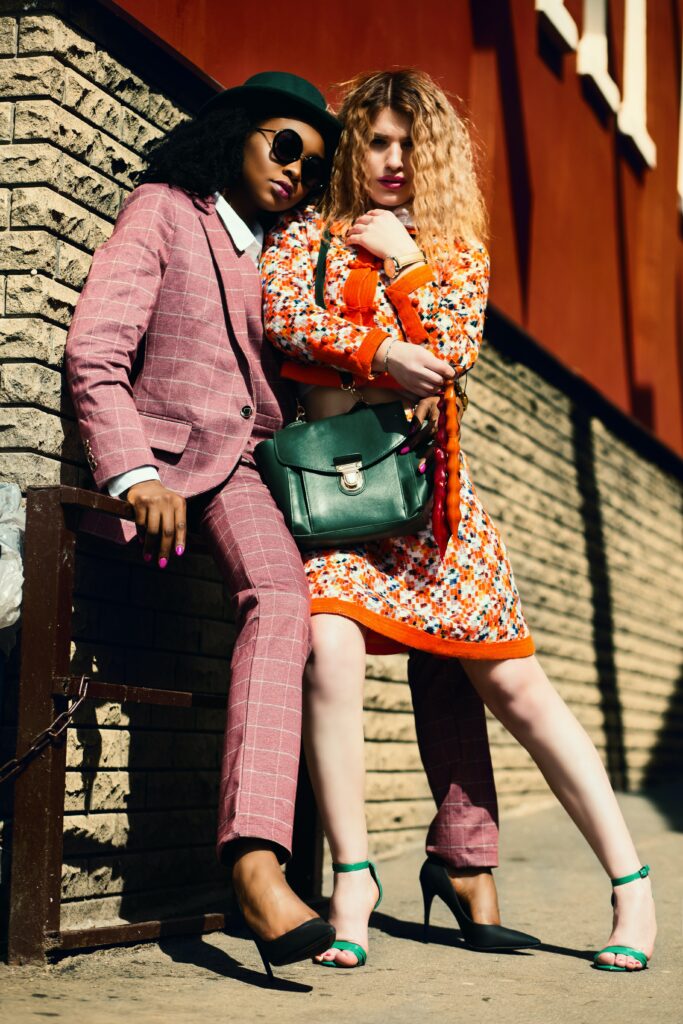
Photo Godisable Jacob
Conclusion
I hope this exploration of queer identities has given you a better understanding of what it really means to be queer. It’s an identity rich in diversity, history and potential for self-expression. Whether you’re queer yourself or just looking to expand your knowledge, remember that the diversity of LGBTQIA identities is a beauty to be celebrated and respected.
“XLoveCam is not responsible for blog content that is claimed to be written by an external party.”


